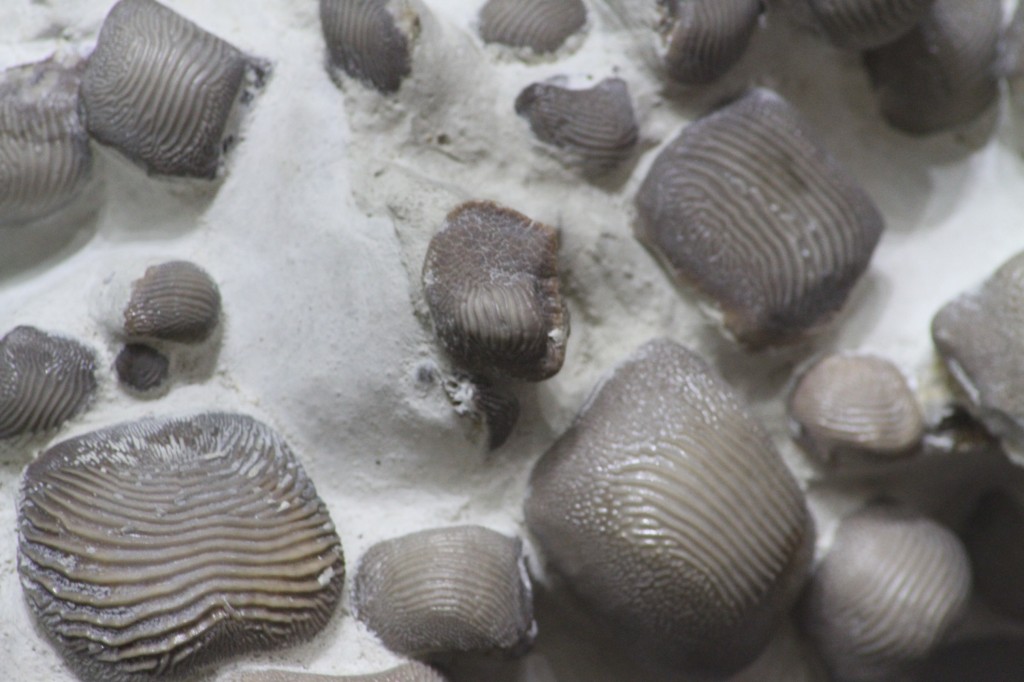The Cretaceous period is a division of earth’s history spanning from around 145 to 66 million years ago, and during which enormous deposits of Chalk were formed across Europe. The Cretaceous was a warm period with temperatures on average 4°C above present. Sea levels gradually rose through the Cretaceous; attaining a maximum of around 200 meters above the present level, and resulting in the formation of shallow seas as large areas of the continents became flooded. During the Cretaceous the supercontinents of Laurasia and Gondwana continued to break up; opening the Indian and Atlantic Oceans. In the oceans, teleosts, a major group of bony fish, began to flourish along with modern sharks and rays. Diatoms, a group of planktonic algae, also began to diversify. On land the first true mammals and birds evolved while dinosaurs remained dominant. A major floral revolution took place during the Cretaceous with the emergence and gradual diversification of flowering plants. The end of the Cretaceous is marked by one of the most catastrophic extinctions in earth’s history. Dinosaurs, pterosaurs, ammonites, belemnites, rudist bivalves and many groups of marine reptiles were among those wiped out. An Iridium rich layer found globally at the Cretaceous/Paleogene boundary, along with a vast impact crater in Mexico, lead many to believe that a meteor was responsible for the end Cretaceous extinction. However, massive volcanism in India, contemporaneous with the extinction, may also have been a contributing factor.
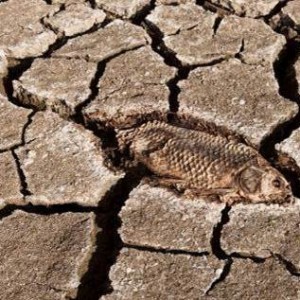
Published on December 1st, 2013 | by David Marshall
What are Mass extinctions, how are they quantified, what are the driving forces behind them, how bad were the ones in the past and will we have more in the future? To answer these questions we [&hellip... Read More →
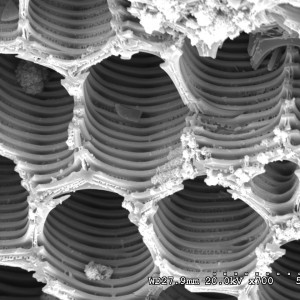
Published on October 15th, 2013 | by David Marshall
Most people would consider fire to be an entirely destructive process, however given the right circumstances organic materials can be exquisitely preserved by charcoalification. We no doubt all know charcoal from the BBQ, but how many of [&hellip... Read More →
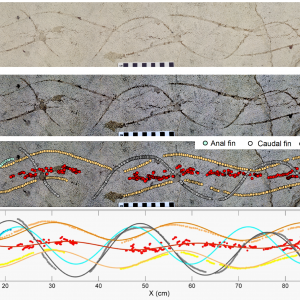
Published on April 1st, 2013 | by David Marshall
Ichnology is the study of trace fossils (also termed ichnofossils). Opposed to body fossils, the physical remains of an organism, trace fossils are the fossilised interactions between an organism and the substrate/sediment and include such things [&hellip... Read More →
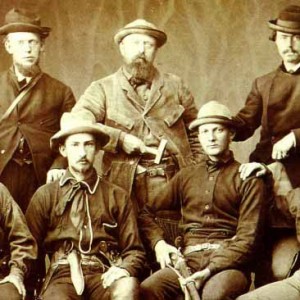
Published on March 1st, 2013 | by David Marshall
Every palaeontologist needs to put their feet up once in a while, and what better place to do so than at the Best Western Denver Southwest? This hotel is located just a stone’s-throw away from Dinosaur [&hellip... Read More →
















